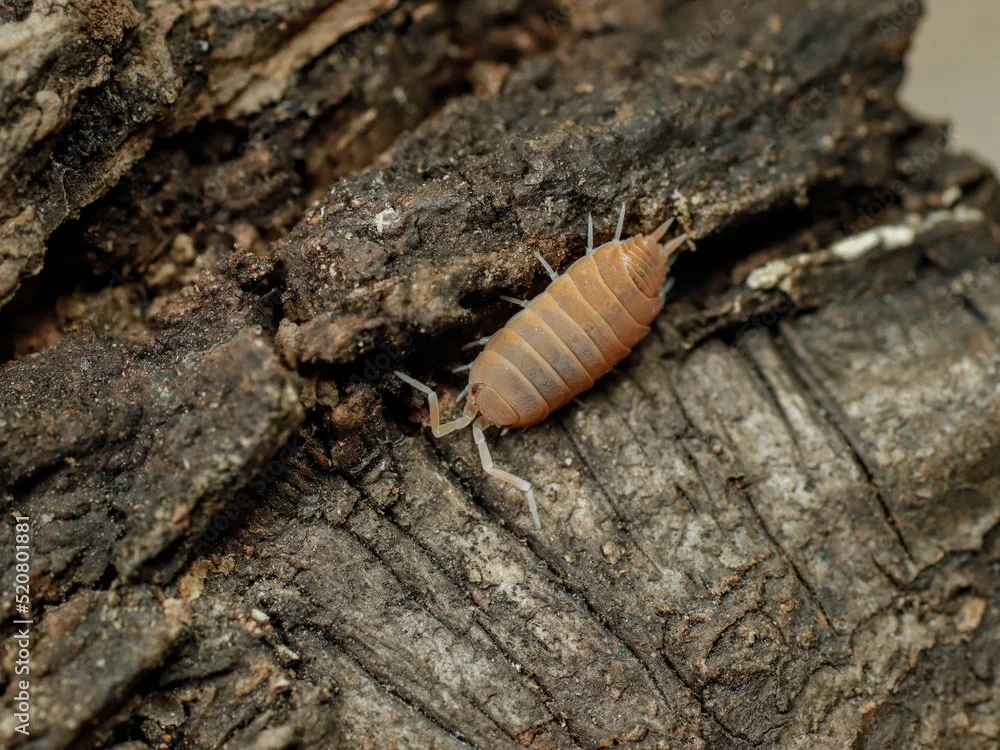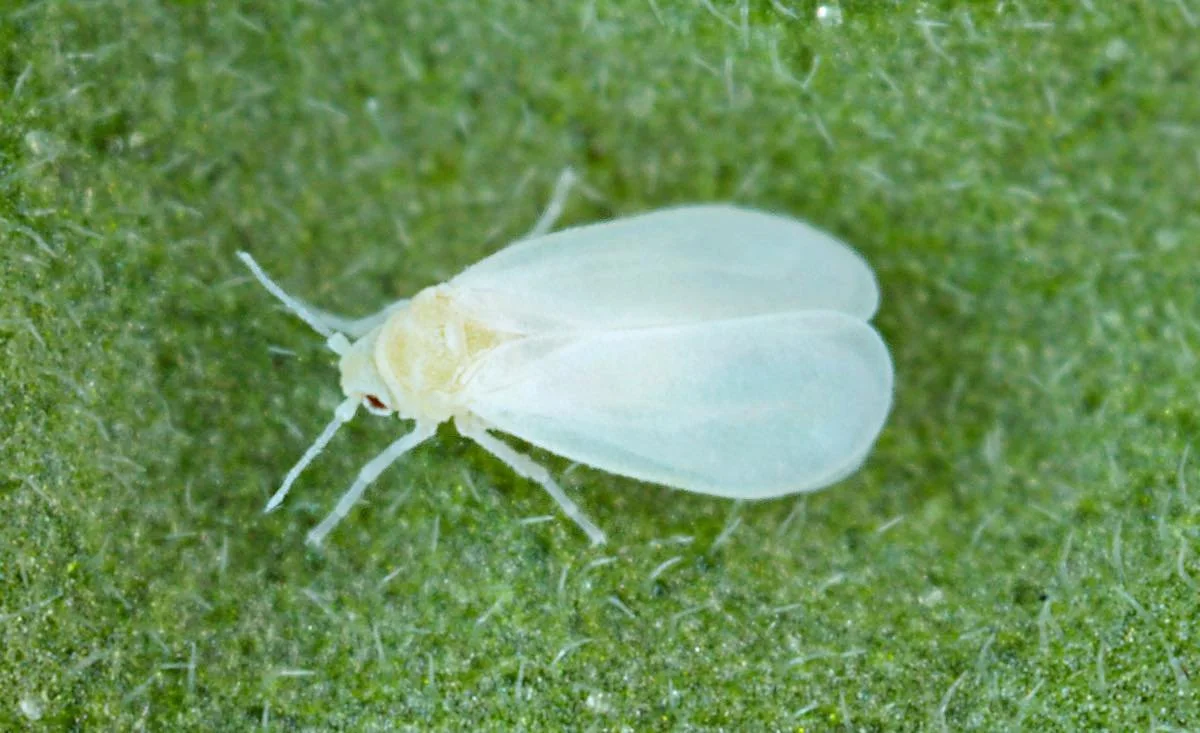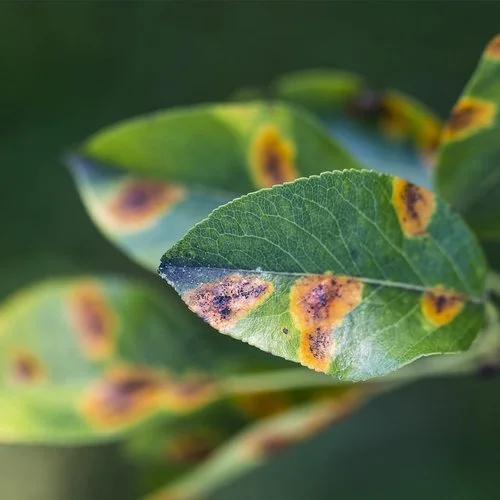INSECTS & DISEASES
PESTS:
-

Bag Worms
Bagworms, the larvae of some moth species, they construct protective bags of silk and plant debris in order to attach and feed. Bag Worms can lead to extensive defoliation, weakening the affected plants and potentially causing dieback of branches or entire trees. Repeated defoliation over consecutive years can further stress plants, making them more susceptible to other pests and diseases.
-

Aphids
Aphids feed on plant fluids causing curling, yellowing, and distortion of leaves and stunting of shoots; they can also produce large quantities of a sticky exudate known as honeydew, which often turns black with the growth of a sooty mold fungus. Some aphid species inject a toxin into plants, which further distorts growth. A few species cause gall formations.
-

Armyworms
Armyworms feed on garden plants at night and can causing extensive defoliation. They consume leaves, stems, and even fruits, leading to reduced photosynthesis and stunted growth. Additionally, armyworms may also bore into fruits or eat through the stems of young plants, further exacerbating damage. Larvae can consume an entire plant in 1 night.
-

Chinch bugs
Chinch bugs wreak havoc on lawns. They sap grass blades and stems, leading to yellowing, wilting, and grass death. Their continuous feeding hampers proper grass development, resulting in thinning turf and overall deterioration. Chinch bug also inject toxic saliva containing enzymes that further damage tissues targeting stressed lawns. Weakened grass by chinch bugs invites fungal diseases, exacerbating damage.
-

Cottony maple scale
Cottony maple scale is a soft scale insect that weakens maple trees and plants by continuously extracting sap, leading to yellowing, wilting, and stunted growth. Its honeydew secretion promotes sooty mold growth, further harming plants. Heavy infestations stress plants, increasing vulnerability to pests, diseases, and environmental factors, potentially causing death and diminishing landscape appeal.
-

Caterpillars
Caterpillars pose a threat to plants and trees due to their voracious feeding habits, causing defoliation. Stripping leaves, weakening plants, and hindering photosynthesis. Stunted growth especially in young plants, limiting sunlight absorption. Reducing flower & fruit Production by consuming buds and can create secondary infections when wounds invite pathogens, further weakening plants. These threats risk spoiling the appearance and value of your landscape value.
-

TICKS
Long Island's wooded and grassy areas provide ideal habitats for ticks. Failure to detect and treat tick bites promptly can result in severe health complications, including chronic longstanding illnesses in you and your pets. Ticks transmit pathogens, such as bacteria and viruses, while feeding on blood. This transmission can lead to various tick-borne diseases, including Lyme disease, Rocky Mountain spotted fever, and babesiosis, among others.
-

FLEAS
Fleas, small parasitic insects, inflict discomfort and health risks on pets and humans. Their bites cause itching, irritation, and allergic reactions in sensitive individuals. Fleas can transmit diseases such as typhus and plague. Severe infestations may lead to anemia, particularly in young or small animals. If an infestation of fleas affects animals that frequent a garden or agricultural area, it could indirectly impact plant health by deterring animals from those areas or causing stress to infested animals, leading to potential trampling or other disturbances to plants.
-

Inchworms
Inchworms, the larvae of certain moth species, feed on tree foliage, causing defoliation that weakens trees and affects their growth. Heavy infestations can lead to significant leaf loss, stunting tree development and impacting forest health. While inchworms generally do not kill mature trees, repeated defoliation over consecutive years can stress trees and make them more susceptible to other pests and environmental stresses, posing long-term risks to forest ecosystems.
-

Japanese Beetle
Japanese beetles, invasive pests, devastate plants by skeletonizing leaves and devouring flowers and fruits. Their feeding results in weakened plants, reduced crop yields, and aesthetic damage to landscapes. Severe infestations lead to extensive plant defoliation, affecting ornamental plants, fruit trees, and agricultural crops. Additionally, their pheromones attract more beetles, exacerbating the damage.
-

Lace Bug
Lace bugs, small insects with lacy wings, damage plants by piercing and sucking sap from leaves, resulting in stippling, discoloration, and premature leaf drop. Heavy infestations weaken plants, reducing vigor and aesthetic appeal. Affected leaves may become yellow or brown, compromising plant health. Targeting the undersides of leaves, lace bugs often go unnoticed until damage is significant.
-

Gypsy moths
Gypsy moths, voracious defoliators, damage trees by stripping foliage, weakening their health. Severe infestations can lead to widespread tree mortality, impacting forests, urban landscapes, and agricultural areas. Loss of foliage reduces tree vigor, hindering growth and making them vulnerable to secondary pests and diseases
-

Mealy Bugs
Mealybugs, small sap-sucking insects, damage plants by feeding on their sap, causing leaves to yellow, wilt, and drop prematurely. They excrete honeydew, a sticky substance that promotes the growth of sooty mold, further compromising plant health. Severe infestations weaken plants, stunting growth and reducing vigor. Mealybugs can also transmit plant viruses.
-

Leaf Minor
Leaf miners are insect larvae that tunnel through leaves, leaving distinctive serpentine trails or blotches. They weaken plants by disrupting nutrient flow and reducing photosynthesis, leading to stunted growth and diminished vigor. While rarely lethal, severe infestations can defoliate plants, impacting aesthetics and crop yield. Leaf miners also create entry points for pathogens, increasing susceptibility to secondary infections.
-

Slugs
Slugs bore large holes in foliage, stems, and bulbs. They feast on any tender plant or shrub and may demolish seedlings, damaging plants by consuming foliage, seedlings, and fruits, leaving behind irregular holes and slime trails. They thrive in damp environments and feed mostly at night, making detection challenging. Heavy slug infestations can defoliate plants, stunt growth, and even transmit plant diseases.
-

PRUINOSUS SCALE
Pruinosus scale insects are damaging because they feed on the sap of plants, which can weaken and stress the plant, leading to stunted growth, reduced vigor, and sometimes even death. These insects extract sugary sap from the plant's vascular system. As they feed, they excrete a sticky substance called honeydew, which can attract other pests like ants and sooty mold, further harming the plant. They reproduce rapidly, and their populations can quickly escalate if left unchecked.
-

Hard shell scale
Hard shell scale insects damage plants by piercing their tissues and sucking out sap, leading to weakened growth, yellowing or browning of leaves, and eventual defoliation. Their presence can also attract ants, which protect them from predators, exacerbating the infestation and causing further harm to plants. Their populations can also quickly reproduce if left untreated.
-

Sow Bugs
Sow bugs, terrestrial crustaceans, feed on decaying organic matter but may also consume tender plant shoots and roots, particularly in high-moisture environments. Their feeding can cause damage to seedlings, root crops, and ornamental plants. While sow bugs generally do not cause extensive damage, heavy infestations can lead to reduced plant growth and vigor.
-

Spiders
Spiders are beneficial predators that typically do not cause direct damage to plants. Instead, they prey on insect pests, helping to naturally control their populations and reduce plant damage. However, webs spun by spiders may collect debris and dead insects, which could potentially obscure plant surfaces or interfere with plant growth in severe cases.
-

Mites
Mites, microscopic arachnids, damage plants by piercing leaf tissue and sucking out cell contents, resulting in stippling, yellowing, and distortion of leaves. They weaken plants, reducing photosynthesis and overall vigor. Severe infestations lead to leaf drop, stunted growth, and diminished crop yield. Mites reproduce rapidly, exacerbating damage.
-

Tent Caterpillars
Tent caterpillars, larvae of certain moth species, defoliate trees by feeding on leaves within silk tents. Their voracious feeding can strip trees of foliage, weakening them and affecting their growth. Severe infestations can lead to branch dieback and aesthetic damage to landscapes. While trees typically recover from defoliation, repeated or prolonged infestations may stress and predispose them to other pests and diseases, potentially impacting forest health.
-

White Flies
Whiteflies damage plants by feeding on sap, causing yellowing, wilting, and stunting of growth. They excrete honeydew, promoting the growth of sooty mold, which further weakens plants and reduces photosynthesis. Heavy infestations can lead to defoliation and decreased crop yield. Additionally, whiteflies transmit plant viruses, further compromising plant health.
-

Black Vine Weevil
Black vine weevils, nocturnal beetles, damage plants in their larval stage by feeding on roots, leading to root loss and weakened plant health. Adult weevils also feed on foliage, creating notched edges on leaves. Severe infestations can stunt plant growth, cause wilting, and even lead to plant death.
-

OYSTER SHELL SCALE
Oyster scale, also known as oyster shell scale, is a specific type of scale insect characterized by its oval-shaped, oyster-like shell. It infests various trees and shrubs, sucking sap from the plant and causing weakening, yellowing leaves, and overall decline if left untreated.
-

Ants
Ants protect pests like aphids and scale insects, leading to increased pest populations and plant damage. Certain aggressive ant species, like fire ants, can sting humans and pets, deterring outdoor enjoyment. Ant nests in lawns and garden beds create unsightly mounds and may damage plant roots. Large colonies can disrupt soil structure and affect drainage. Ants also disperse seeds, causing unwanted vegetation growth in landscaped areas.
-

Spotted Lanternflies
Spotted Lanternflies wreak havoc by feeding on various plants, damaging their vascular systems and causing wilting, dieback, and death. Rapid reproduction leads to large infestations, overwhelming landscapes and crops. Their honeydew secretion attracts pests like ants and wasps, compounding the damage. As invasive insects without natural predators, their unchecked populations devastate landscapes and ecosystems.
-

MOSQUITOES
Mosquitoes aren’t just annoying; they pose multiple threats to your backyard such as transmitting diseases that can lead to serious illness. Gardening, barbecuing, and relaxation are disrupted by their presence. Pets are also at risk of diseases like heartworm transmitted by mosquitoes. Their presence discourages backyard use, reducing your overall enjoyment of your outdoor spaces.
-

Eriophyid Mites
Eriophyid mites damage plants by feeding on sap, causing leaf distortion, gall formation, and stunted growth. They transmit plant viruses, reducing yields in crops and ornamental plant value. Damage includes leaf curling, stippling, and silvering, disrupting photosynthesis and aesthetics.
-

Woolly Adelgid
Recognizing Hemlock Woolly Adelgid early and following up with proper and consistent treatments is the vital. Healthy hemlocks naturally have a shiny, dark green color. If you notice that yours begin to have a grayish-green appearance or if the foliage yellows, needles are dropping (especially on the interior of the branches) or you notice dieback of some limbs and a lack of vigor in the tree these symptoms probably mean that your Hemlocks are under attack. This leads to branch dieback and eventual tree death. Severe infestations can devastate entire forests, particularly hemlock trees.
TREE AND PLANT DISEASES:
-

Cytospora Canker
Cytospora canker, a destructive fungal disease, inflicts trees with sunken lesions, resin discharge, and branch dieback. This weakens them, inviting secondary infections and environmental pressures. Unaddressed, it triggers substantial canopy depletion, undermines tree vitality, and ultimately culminates in their demise, posing a threat to ecosystems.
-

Damage on Yew
Yew trees are susceptible to various pests and diseases, including scale insects, spider mites, and Phytophthora root rot. These can cause yellowing or browning of foliage, defoliation, and dieback of branches. Over-pruning or improper care practices may lead to stress and decline in yew health. Early detection and appropriate management are crucial to preserving the vitality and beauty of yew trees.
-

Plant rust
Plant rust, caused by fungal pathogens, manifests as orange or brown powdery pustules on leaves and stems. It weakens plants by disrupting photosynthesis and nutrient uptake, leading to stunted growth and reduced vigor. Severe infections cause defoliation, reducing crop yield and aesthetic appeal. Plant rust also serves as an entry point for other diseases. Slime Flux is indicated by a slimy foul odored liquid that oozes out of cracks and wounds in the bark.
-

POWDERY MILDEW
Mold threatens plant health, causing diseases like powdery mildew which covers plant surfaces with a powdery white coating, inhibiting photosynthesis and weakening plants. Powdery mildew stunts growth, distorts leaves, and reduces yield in crops. Severe infections cause leaf curling and premature leaf drop, compromising plant health and aesthetics. Powdery mildew also promotes secondary infections and may lead to plant death in susceptible species.
-

Phytophthora
Phytophthora, a genus of water molds, causes root rot in plants, leading to wilting, yellowing, and eventual collapse of foliage. It thrives in wet, poorly drained soils, attacking roots and causing plant decline. Phytophthora-infected plants exhibit reduced vigor, stunted growth, and decreased crop yield. Once established, it spreads rapidly, posing a threat to entire plant populations.
-

Leaf spot
Leaf spot, caused by fungal or bacterial pathogens, manifests as dark spots or lesions on plant leaves. It compromises plant health by reducing photosynthesis, weakening plants, and promoting premature leaf drop. Severe infections can lead to defoliation, affecting growth and yield in crops and ornamental plants. Leaf spot diminishes aesthetic value and may serve as an entry point for other diseases.
-

Twig blight
Twig blight, caused by fungal pathogens, affects plants by causing dieback of twigs and branches. This damages the plant's structure, reduces aesthetic appeal, and weakens overall health. Infected plants may exhibit stunted growth and reduced vigor, impacting crop yield and landscape value. Twig blight can spread rapidly, particularly during wet conditions, posing a threat to entire plant populations.
-

Black Knot
Black Knot is a fungal disease affecting trees, it forms rough, black knots on branches, resembling charred wood. It causes damage by girdling branches, obstructing nutrient flow, leading to dieback and potential tree death. Spreading fungal spores can infect other trees.
-

Anthracnose
Anthracnose diseases are a group of fungal infections that affect many plant types. Anthracnose fungi typically thrive in warm, humid environments and can infect plants through wounds, leaf pores, or natural openings. Symptoms of anthracnose diseases vary, but commonly include dark, sunken lesions on leaves, stems, fruits, and sometimes flowers. These lesions may expand over time, leading to tissue death, defoliation, and in severe cases, plant death.

